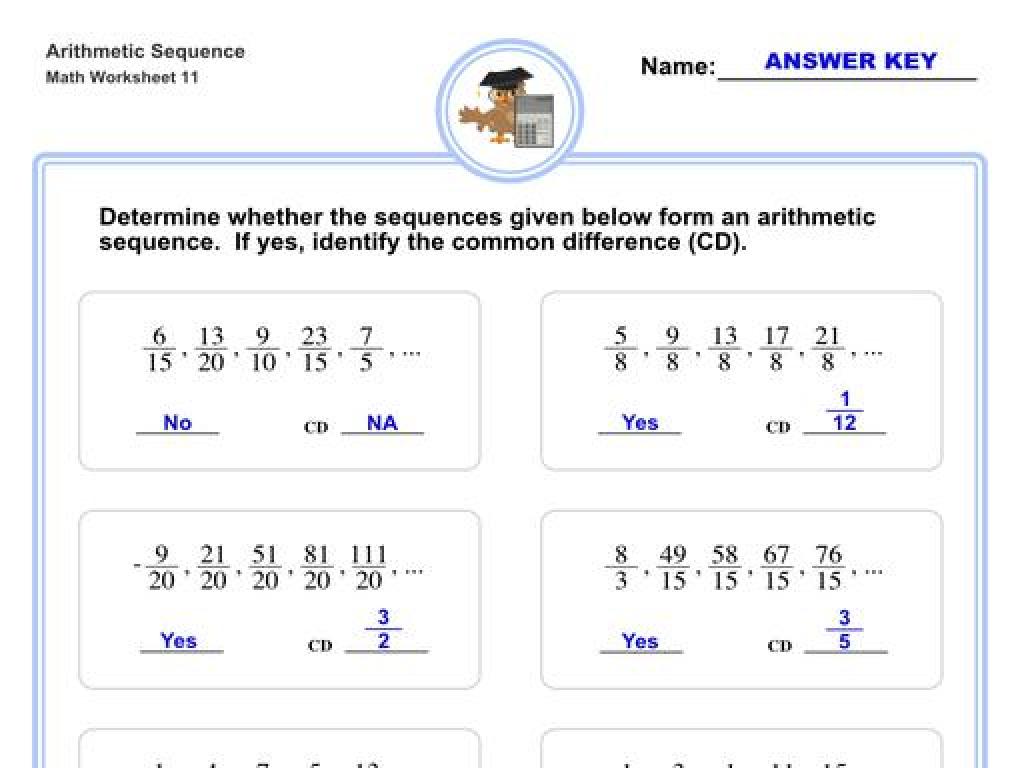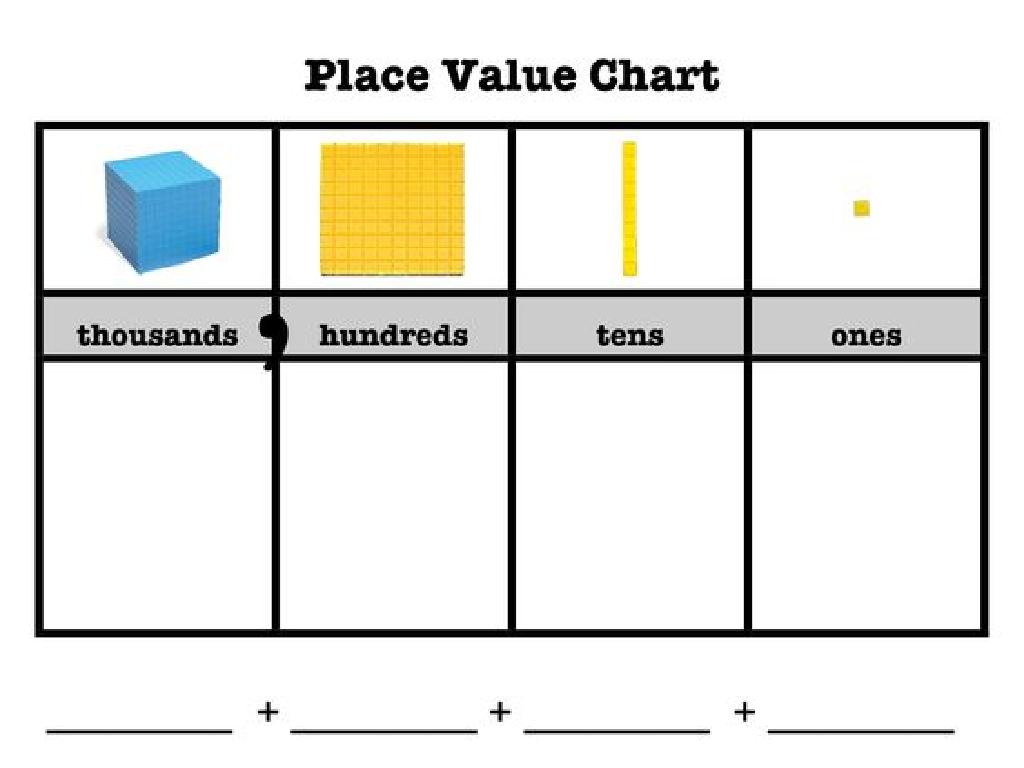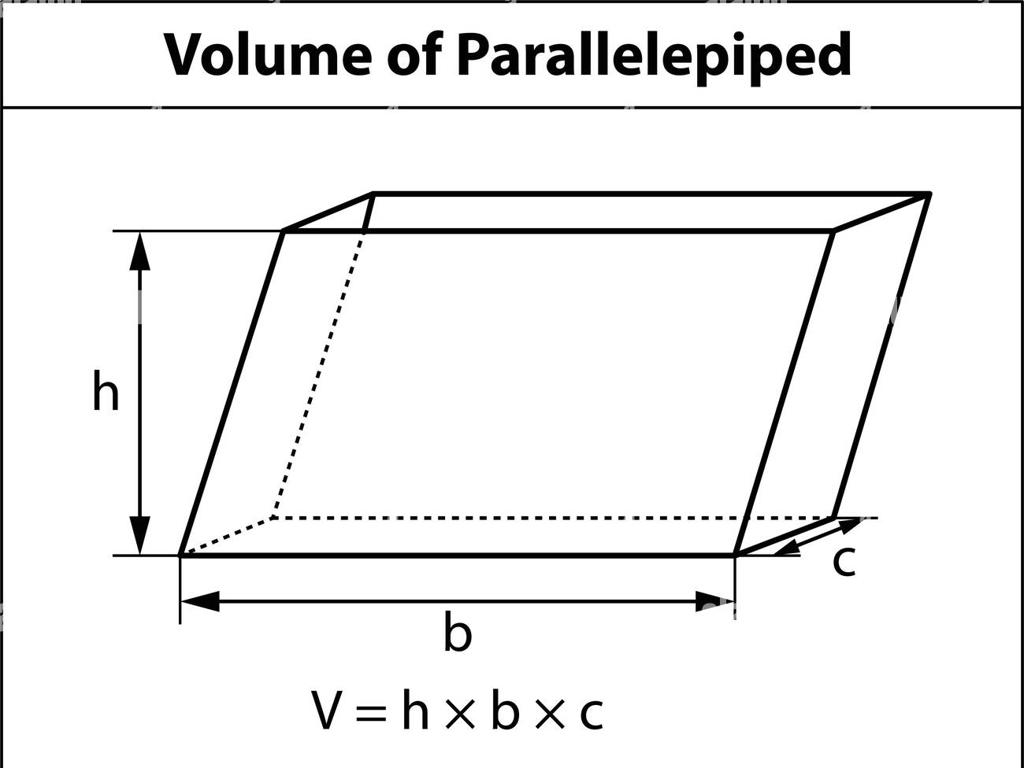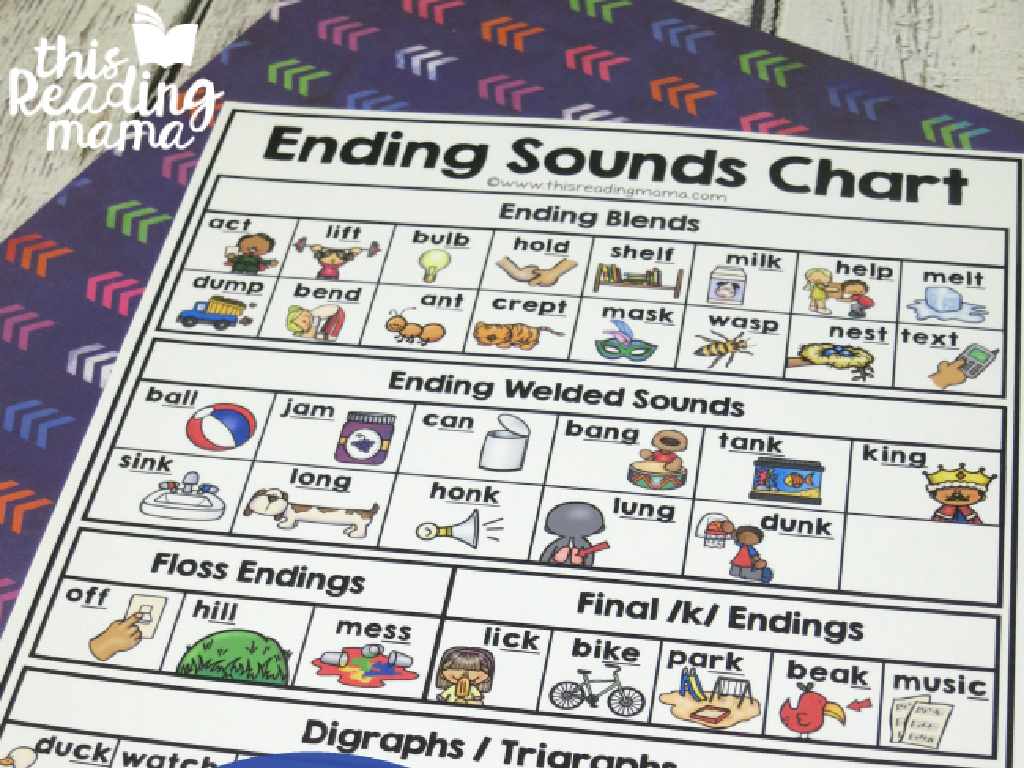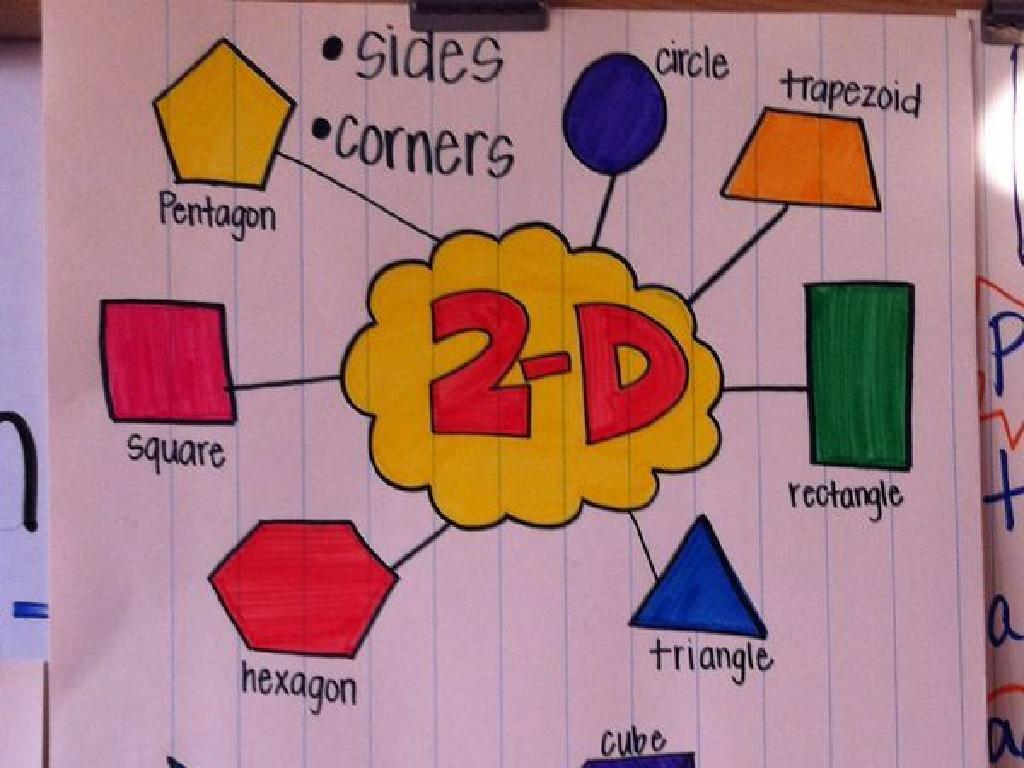Count Equal Groups
Subject: Math
Grade: Second grade
Topic: Repeated Addition
Summary: This second-grade math lesson teaches students how to count equal groups using repeated addition, building a strong base for multiplication skills. Through hands-on activities, visual representations, and group games, students learn to quickly add groups of the same size instead of counting one by one. The presentation encourages using everyday objects and drawings, promoting practice at home for mastery of repeated addition with equal groups.
Please LOG IN to download the presentation. Access is available to registered users only.
View More Content
Welcome to Repeated Addition!
– Greet the class with enthusiasm
– Today’s topic: Counting equal groups
– Groups with the same number of items
– Repeated addition speeds up counting
– Instead of counting one by one, we add the same number repeatedly
– Practice makes perfect
– We’ll do activities to get better at it
|
Begin the class with a warm and energetic greeting to set a positive tone. Introduce the concept of counting equal groups, which is a foundational skill in understanding multiplication. Explain that repeated addition is a method of adding the same number several times to count objects more quickly than counting them individually. Emphasize that this technique is a building block for multiplication, which they will learn later. Engage the students with hands-on activities where they can practice counting items in equal groups and using repeated addition to find the total number. Encourage participation and provide examples with tangible objects like blocks or counters to illustrate the concept.
Understanding Equal Groups
– Equal groups have identical counts
– Repeated addition with equal groups
– Adding the same number multiple times
– Example: 3 groups of 2 apples
– Like 2 apples + 2 apples + 2 apples = 6 apples
– Practice: Create your own groups
– Try making groups with your toys at home!
|
This slide introduces the concept of equal groups as a foundation for understanding repeated addition. Start by explaining that equal groups contain the same number of items, which makes it easier to count them by adding the same number repeatedly. Use the example of apples to illustrate this point in a tangible way. Encourage students to practice by creating their own equal groups using objects like toys or blocks at home, and then using repeated addition to find the total number of items. This hands-on activity will help solidify their understanding of the concept.
Understanding Repeated Addition
– Repeated addition is a math shortcut
– Add the same number over and over
– It avoids counting items one by one
– Saves time and effort in counting
– Example: 4 + 4 + 4 equals 3 groups of 4
– 3 groups of 4 is like having 3 sets of 4 items
– It’s useful for quick calculations
|
This slide introduces the concept of repeated addition as a foundational skill in understanding multiplication. It’s important to emphasize that repeated addition is a more efficient way to count multiple groups of the same number of items. Use the example provided to show visually how 4 items grouped 3 times can be added quickly. Encourage students to think of repeated addition as groups of items, which will help them transition to multiplication. Practice with different numbers and groups to solidify the concept. This will prepare them for understanding arrays and multiplication in future lessons.
Let’s Practice Together: Counting Equal Groups
– Observe the groups I show
– Ensure each group has equal items
– Groups should be identical in number
– Count each group’s items together
– Add the number of items in each group
– Practice counting aloud as a class
|
This slide is designed for an interactive class activity to practice counting equal groups, which is a foundational concept for understanding repeated addition. Display groups of objects on the board and guide the students to observe and verify that each group has the same number of items. Then, lead the class in counting the items in each group aloud together. This reinforces the concept of equal groups and prepares them for learning multiplication as repeated addition. Activities can include counting physical objects, pictures, or drawn representations. Encourage participation from all students and correct any misconceptions immediately. This activity will help students visualize and understand the concept of repeated addition and its relation to counting equal groups.
Using Pictures for Repeated Addition
– Pictures visualize equal groups
– Draw circles to highlight groups
– Example with groups of stars
– If we have 3 groups of 4 stars, draw and circle each group
– Count groups using repeated addition
– Add the number of stars in each group: 4+4+4
|
This slide is aimed at helping second-grade students understand the concept of repeated addition by using visual aids. By drawing pictures and grouping items, students can more easily comprehend how repeated addition works. For example, if there are multiple groups of stars, students can draw circles around each group to visually separate them. Then, they can use repeated addition to find the total number of stars by adding the number in each group. This method reinforces the concept of addition as a method of counting equal groups of items, which is a foundational skill in understanding multiplication. Encourage students to practice with different numbers of groups and different group sizes to solidify their understanding.
Your Turn to Try: Making Equal Groups
– Make 4 equal groups using counters
– Place 5 counters in each group
– Write a repeated addition sentence
– For example, 5 + 5 + 5 + 5 for your groups
– Share your sentence with the class
|
This activity is designed to help students practice the concept of repeated addition as a way to understand multiplication. Provide each student with a set of counters and instruct them to create four separate groups with an equal number of counters in each group, specifically five. Once they have their groups arranged, guide them to write down the repeated addition sentence that represents the total number of counters. For instance, if there are four groups with five counters in each, the sentence would be 5 + 5 + 5 + 5. Encourage students to share their sentences with the class to reinforce their understanding. This hands-on activity not only solidifies the concept of repeated addition but also sets the foundation for multiplication.
Class Activity: Group Counting Game
– Split into small groups
– Each group gets objects to count
– Arrange objects and count as a team
– How many groups? How many in one group?
– Share repeated addition sentences
– Example: 3 groups of 4 apples is 4+4+4
|
This interactive activity is designed to help students understand the concept of repeated addition as a way to count equal groups. Divide the class into small groups and provide each group with a collection of objects. Instruct them to arrange the objects into equal groups and use repeated addition to find the total number of objects. For instance, if a group has 12 apples and they arrange them into 3 equal groups, they would express this as 4 + 4 + 4 = 12. After the activity, each group will share their repeated addition sentences with the class, reinforcing their understanding of the concept. Possible variations for different groups could include different numbers of objects or different group sizes to cater to varying levels of proficiency.
Conclusion: Counting Equal Groups
– Excellent work with equal groups!
– Repeated addition speeds up counting
– It’s like adding the same number over and over.
– Practice counting groups regularly
– Try with toys, snacks, or drawings.
– Keep practicing at home for mastery
– Use objects or drawings to practice.
|
Today’s lesson focused on understanding how to count equal groups using repeated addition, which is a foundational skill for multiplication. Reinforce the concept that repeated addition is a quicker method than counting one by one. Encourage students to practice this skill with everyday items at home to strengthen their understanding. Provide examples of how they can create equal groups with toys or snacks and add them repeatedly. Remind them that consistent practice will help them become more confident and proficient in counting equal groups.

